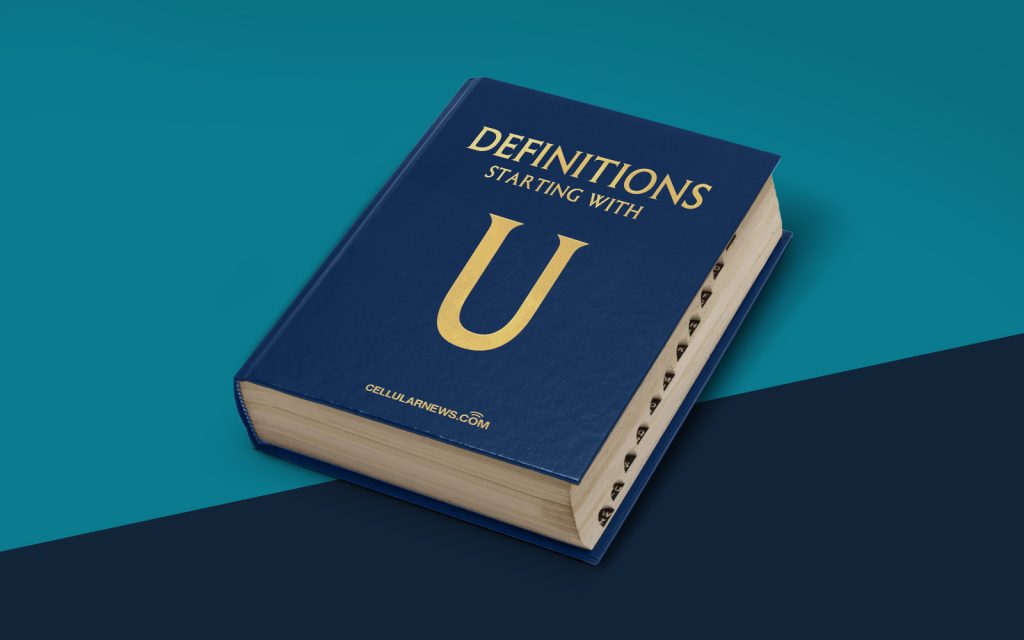
Understanding the Universal Windows Platform (UWP)
Are you curious about the Universal Windows Platform (UWP) and what it means for developers and users alike? Look no further! In this article, we will explore the ins and outs of UWP, discussing its features, benefits, and its impact on the Windows ecosystem.
Key Takeaways:
- Universal Windows Platform (UWP) is a development framework introduced by Microsoft.
- UWP allows developers to create applications that run on multiple Windows-based devices, including desktops, laptops, tablets, smartphones, Xbox consoles, and even HoloLens.
What is the Universal Windows Platform (UWP)?
The Universal Windows Platform (UWP) is a development framework introduced by Microsoft. It allows developers to create applications that can run seamlessly across multiple Windows-based devices, including desktop computers, laptops, tablets, smartphones, Xbox consoles, and even mixed reality devices like HoloLens. UWP provides a common programming interface that enables developers to build apps that work consistently across different device types, delivering a unified user experience.
UWP leverages the power of the Windows 10 operating system and its underlying core APIs, enabling developers to build versatile, responsive, and secure applications. With UWP, developers can create apps using a single codebase or a shared codebase that includes device-specific adaptations. This reduces development time, maximizes app reach, and improves user engagement.
Now that we have a basic understanding of what UWP is, let’s explore some key features and benefits that make it a compelling platform for developers:
1. Cross-Device Compatibility
With UWP, developers can create apps that seamlessly adapt to different screen sizes, resolutions, and input methods across a range of Windows-based devices. This includes desktop computers, tablets, smartphones, and even devices with unique form factors like the HoloLens. The ability to code once and deploy on multiple platforms saves time and resources for developers, while ensuring a consistent user experience.
2. Native Windows 10 Features
UWP provides access to a wide range of native Windows 10 features and APIs, empowering developers to build powerful applications that can take advantage of the latest innovations in Windows technology. Whether it’s leveraging notifications, Cortana integration, inking, or Windows Hello biometric authentication, UWP allows developers to utilize these features to enhance their applications and provide a richer experience for users.
In conclusion, the Universal Windows Platform (UWP) is a development framework that enables developers to create applications that can run seamlessly across multiple Windows-based devices. With its cross-device compatibility and access to native Windows 10 features, UWP offers a powerful and efficient platform for developers to build innovative and user-friendly applications. So, whether you’re a developer or a user, UWP opens up a world of possibilities in the Windows ecosystem.
